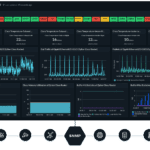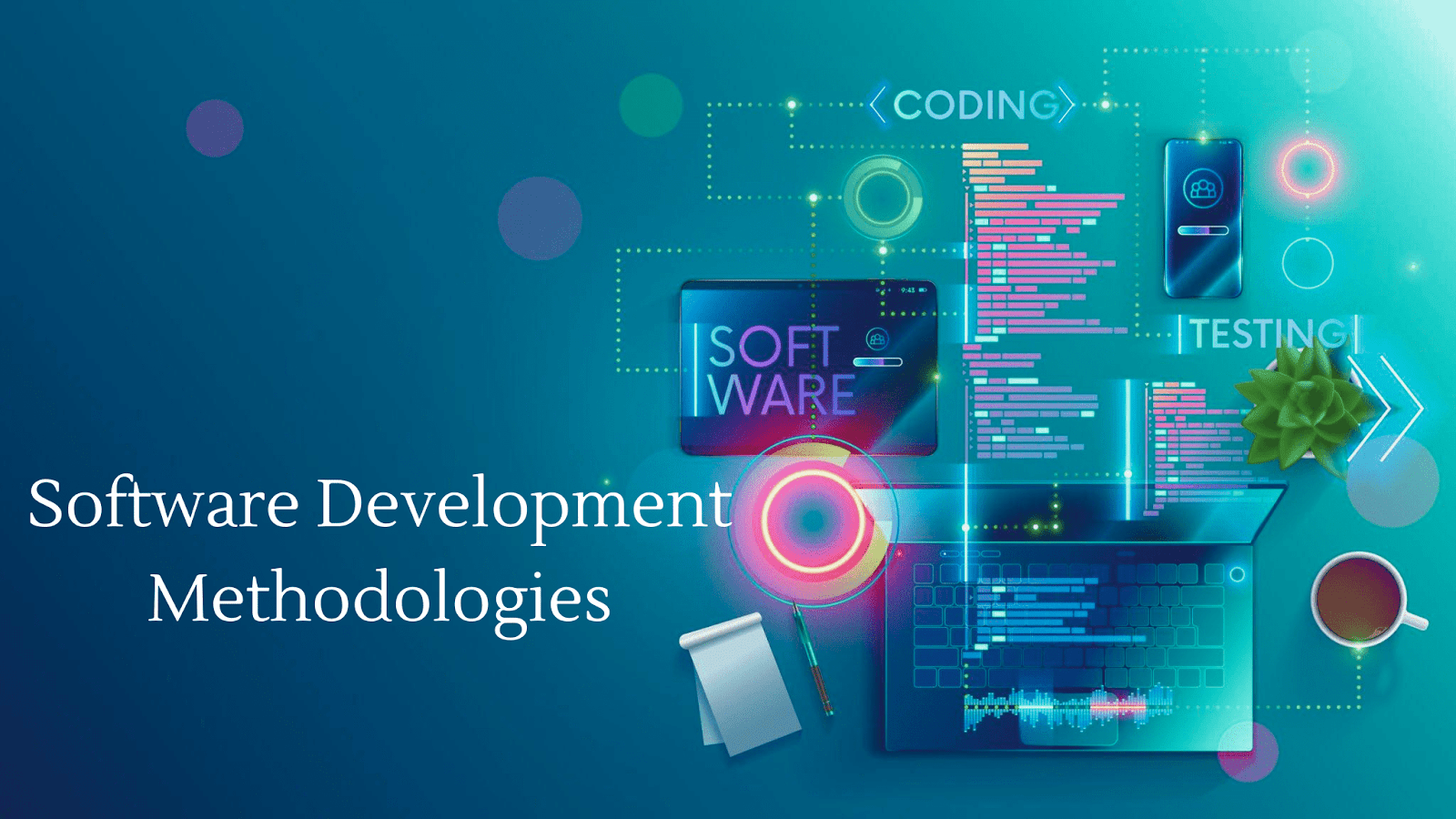When launching an eCommerce business, there are many considerations to have in mind; you have to know your market. You have to develop your supplies and products. And, finally, you must handle the technical reality of your project with the best web technologies.
Web technology is central to your success. Just think about it. Your web technology will allow you to upload images, update product descriptions, reach consumers, and complete transactions.
Even if you have no experience as an eCommerce web developer, you can already clearly see just how complicated the process is. Before you select a platform and start developing content, you must first understand a few key distinctions.
Web technologies are multifaceted. In particular, there are technologies for eCommerce back-end and front-end eCommerce. You will need both elements to develop and maintain your eCommerce platform successfully.
Front-end Ecommerce Technologies
The difference between front-end and back-end technologies is pretty straightforward. Front-end technologies are related to the user interface. On the other hand, back-end technologies refer to processes used by the developer on the server.
In other words, front-end development is for the user. back-end development is not visible to the user.
These two elements must work together to yield success in the eCommerce space. Your eCommerce developer must be skilled in both areas and come up with practical applications for both.
A closer look at front-end
We will start with a closer look at the front-end. As explained already, the front-end is more visible. Development here will make a more apparent impact. Changes in your front-end will directly alter the user experience in powerful and meaningful ways.
In many cases, developing a quality front-end experience starts with picking the suitable programming languages to get the job done. Versatile programming languages empower web developers to create a dynamic and functional front-end experience. As you understand each option’s functionality, you will be able to determine which one will provide you with the best platform for your overall front-end eCommerce development.
First, there is HTML. This is one of the best-known web development tools. Even if you are a novice with no development experience, you have probably heard of HTML. You may even know a few basic code tags.
However, experts in HTML can leverage this language to maximize the front-end of eCommerce web development. As the primary language for web development, HTML can provide the critical building blocks for your website.
With HTML, you can develop text, add images, and more. The more advanced your skill with HTML, the more refined your application on the front-end.
A second option for your front-end is JavaScript. To be clear, JavaScript should be used as an addition to HTML. HTML is essential to provide the framework of your web development. However, JavaScript can add the flourishes that make or break your overall user experience.
With a web developer experienced in JavaScript, you can fully customize the user platform. JavaScript gives you the power for browser-based applications. It offers possibilities for customization, nuance, and functionality.
One last option to keep in mind is AngularJS. This route is probably the least established, but its potential is worth a more in-depth look.
AngularJS is a tool that allows you to create dynamic web apps. With AngularJS, you can create an eCommerce platform that stands out from your competition.
After all, there are countless eCommerce websites. Your challenge is to make your platform more than functional. It would be best if you made it distinctively attractive.
This level of nuance is what AngularJS can offer. Of all your options, AngularJS has the most potential for creativity. It is a structural framework, and it must be used alongside HTML.
Back-end Ecommerce Technologies
While the front-end is the most visible part of any eCommerce website, it is not the only part. It is not even the most critical part.
Your front-end HTML programming will only realistically support a limited number of pages with a complex eCommerce site. Therefore, you need to develop content on the back-end to create a more dynamic user space.
A closer look at the back-end
To grasp the value of back-end development, consider how a website works. Your basic applications are hosted on the server. This server is accessed when a visitor opens the page on his or her browser.
From here, there is a lot of work going on behind the scenes. The application must start, verify the page, and generate the necessary HTML document to complete the visitor’s request. Only when this back-end work is done can the front-end document be visible in the visitor’s browser.
Therefore, having quality back-end development is critical. It can eliminate the need for manual coding. It can also help you generate dynamic content that improves the user experience and boosts your sales.
Fortunately, there are many tools available to support your eCommerce back-end.
One of the best options is PHP. This scripting language is trendy, and its widespread availability makes it readily accessible. It is already installed in most hosting services, which makes it convenient. However, this convenience is paired with power, and it can be used to build powerful frameworks for your back-end eCommerce platform.
You can also consider options like Python, Java, and MySQL. Python is simpler to use than PHP, and it is compatible with a lot of other tools. Java is also streamlined, and it offers a stable programming environment for your back-end. You will want something like MySQL to help you develop a database to support your front-end application.
A lot of work needs to be done on the back-end to support your front-end experience scale fully. In many cases, you will need to use more than one of these back-end tools to truly build a comprehensive platform for your eCommerce website.
To Conclude
There are many options for back-end and front-end development. Picking the right tools can define the user experience and maximize your online growth potential. To reap these benefits, you need the right developers on the job every step of the way.
The best developers will be adept in all these tools and more. Better still, they will know when to use each language to optimize the overall impact of your eCommerce development on both the front and back end.
This is more important than most people realize. With the right development team backing your eCommerce website, you can see a widespread impact on your operations. The improved user experience will attract more customers, yield more sales, boosts profits, and more.
In short, your development team is a critical part of launching a successful eCommerce website. Without a good development team, your eCommerce website will be unsupported and lackluster. You will notice the impact on the front-end and the back-end of your business.
Fortunately, finding a skilled web development team is easy when you choose Chetu. Chetu is a leader in the industry, and the company has ample experience with eCommerce development.
Ultimately, Chetu can develop all the front-end and the back-end of your eCommerce website. Chetu can give your eCommerce website the comprehensive support needed for success by managing both sides of the development spectrum.
 Dave Wood is an industry expert within the supply chain and logistics technology landscape. He works at Chetu Inc., Plantation, Fla., a custom software development provider and thought-leader within the IT community. He offers commentary on changing tides within logistics and how inventory and warehouse management systems can propel all facets of retail and supply.
Dave Wood is an industry expert within the supply chain and logistics technology landscape. He works at Chetu Inc., Plantation, Fla., a custom software development provider and thought-leader within the IT community. He offers commentary on changing tides within logistics and how inventory and warehouse management systems can propel all facets of retail and supply.









